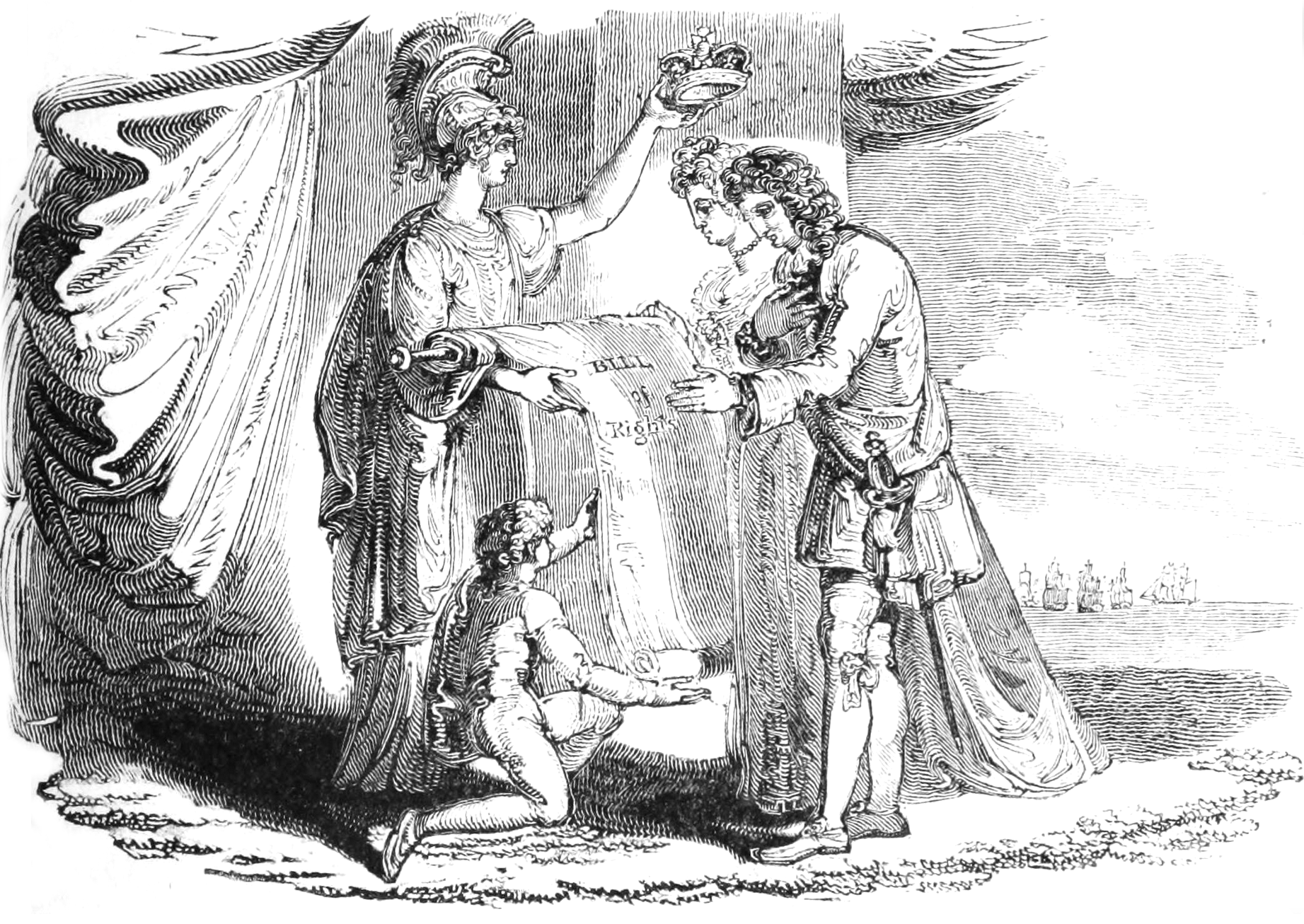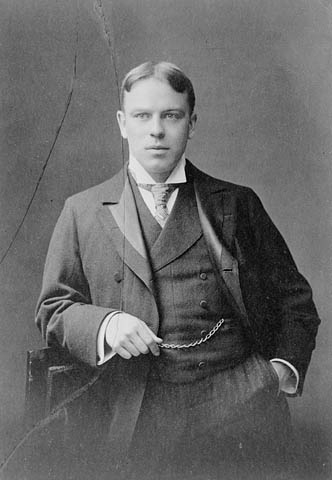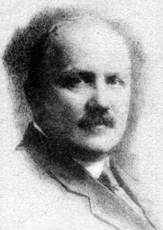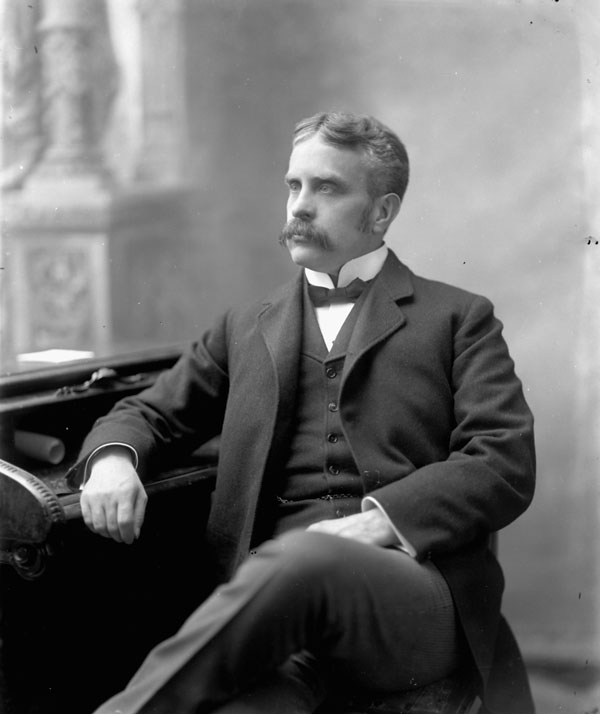|
Edwards V. Canada (Attorney General)
''Edwards v Canada (AG)'', also known as the ''Persons Case'' (), is a Canadian constitutional case that decided in 1929 that women were eligible to sit in the Senate of Canada. The legal case was put forward by the Government of Canada on the lobbying of a group of women known as The Famous Five—Henrietta Edwards, Nellie McClung, Louise McKinney, Emily Murphy and Irene Parlby. The case began as a reference case by the federal Cabinet directly to the Supreme Court of Canada, which ruled that women were not "qualified persons" and thus ineligible to sit in the Senate. The five women then appealed to the Judicial Committee of the Imperial Privy Council in London, at that time the court of last resort for Canada within the British Empire and Commonwealth. The Judicial Committee overturned the Supreme Court's decision. (The case name lists Edwards as the lead appellant, as her name came first alphabetically.) The ''Persons Case'' was a landmark case in two respects. The case ... [...More Info...] [...Related Items...] OR: [Wikipedia] [Google] [Baidu] |
Judicial Committee Of The Privy Council
The Judicial Committee of the Privy Council (JCPC) is the highest court of appeal for the Crown Dependencies, the British Overseas Territories, some Commonwealth countries and a few institutions in the United Kingdom. Established on 14 August 1833 to hear appeals formerly heard by the King-in-Council, the Privy Council formerly acted as the court of last resort for the entire British Empire, except for the United Kingdom itself.P. A. Howell, ''The Judicial Committee of the Privy Council, 1833–1876: Its Origins, Structure, and Development'', Cambridge, UK: Cambridge University Press, 1979 Formally a statutory committee of His Majesty's Most Honourable Privy Council, the Judicial Committee consists of senior judges who are Privy Councillors; they are predominantly justices of the Supreme Court of the United Kingdom and senior judges from the Commonwealth of Nations. Although it is often simply referred to as the "Privy Council", the Judicial Committee is only one constitu ... [...More Info...] [...Related Items...] OR: [Wikipedia] [Google] [Baidu] |
Bill Of Rights 1689
The Bill of Rights 1689 (sometimes known as the Bill of Rights 1688) is an Act of Parliament (United Kingdom), act of the Parliament of England that set out certain basic civil rights and changed the succession to the Monarchy of England, English Crown. It remains a crucial statute in UK constitutional law, English constitutional law. Largely based on the ideas of political theorist John Locke, the Bill sets out a constitutional requirement for the Crown to seek the consent of the people as represented in Parliament of England, Parliament. As well as setting limits on the powers of the monarch, it established the rights of Parliament, including regular parliaments, free elections, and parliamentary privilege. It also listed individual rights, including the prohibition of cruel and unusual punishment and the right not to pay taxes levied without the approval of Parliament. Finally, it described and condemned several misdeeds of James II of England, James II of England. The Bill ... [...More Info...] [...Related Items...] OR: [Wikipedia] [Google] [Baidu] |
Francis Alexander Anglin
Francis Alexander Anglin (April 2, 1865 – March 2, 1933) was the seventh Chief Justice of Canada from 1924 until 1933. Born in Saint John, New Brunswick, one of nine children of Timothy Anglin, federal politician and Speaker of the House of Commons of Canada, and elder brother to the renowned stage actress, Margaret Anglin. He was educated at St. Mary's College, and received a Bachelor of Arts degree from the University of Ottawa in 1887. Anglin studied law at the Law Society of Upper Canada (which in those days taught law) and was called to the bar in 1888, establishing a practice in Toronto. In 1896 he became Clerk of the Surrogate Court of Ontario, and King's Counsel in 1902. He was appointed to the Exchequer Division of the High Court of Justice of Ontario in 1904 and, thanks to a nomination from the Laurier government, to the Supreme Court of Canada on February 23, 1909, becoming Chief Justice in 1924 thanks to a nomination by the first Mackenzie King Will ... [...More Info...] [...Related Items...] OR: [Wikipedia] [Google] [Baidu] |
Constitution Act, 1867
The ''Constitution Act, 1867'' ( 30 & 31 Vict. c. 3) (),''The Constitution Act, 1867'', 30 & 31 Victoria (U.K.), c. 3, http://canlii.ca/t/ldsw retrieved on 2019-03-14. originally enacted as the ''British North America Act, 1867'' (BNA Act), is a major part of the Constitution of Canada. The act created a federal dominion and defines much of the operation of the Government of Canada, including its federal structure, the House of Commons, the Senate, the justice system, and the taxation system. In 1982, with the patriation of the Constitution, the British North America Acts which were originally enacted by the British Parliament, including this act, were renamed. However, the acts are still known by their original names in records of the United Kingdom. Amendments were also made at this time: section 92A was added, giving provinces greater control over non-renewable natural resources. The long title is "An Act for the Union of Canada, Nova Scotia and New Brunswick, and t ... [...More Info...] [...Related Items...] OR: [Wikipedia] [Google] [Baidu] |
Federal Cabinet Of Canada
The Canadian Ministry (Canadian French, French: ''Conseil des ministres''), colloquially referred to as the Cabinet of Canada (), is a body of Minister of the Crown, ministers of the Crown that, along with the Canadian monarch, and within the tenets of the Westminster system, forms the government of Canada. Chaired by the Prime Minister of Canada, prime minister, the Cabinet (government), Cabinet is part of and acts on behalf of the King's Privy Council for Canada and the senior echelon of the Ministry (collective executive), Ministry, the membership of the Cabinet and Ministry often being co-terminal; there were no members of the latter who were not also members of the former. For practical reasons, the Cabinet is informally referred to either in relation to the prime minister in charge of it or the number of ministries since Canadian Confederation, Confederation. The current Cabinet is the Cabinet of Mark Carney, which is part of the 30th Canadian Ministry, 30th Ministry. The ... [...More Info...] [...Related Items...] OR: [Wikipedia] [Google] [Baidu] |
William Lyon Mackenzie King
William Lyon Mackenzie King (December 17, 1874 – July 22, 1950) was a Canadian statesman and politician who was the tenth prime minister of Canada for three non-consecutive terms from 1921 to 1926, 1926 to 1930, and 1935 to 1948. A Liberal, he was the dominant politician in Canada from the early 1920s to the late 1940s. King is best known for his leadership of Canada throughout the Great Depression and the Second World War. He played a major role in laying the foundations of the Canadian welfare state and establishing Canada's international position as a middle power. With a total of 21 years and 154 days in office, he remains the longest-serving prime minister in Canadian history and as well as the longest-serving Liberal leader, holding the position for exactly 29 years. King studied law and political economy in the 1890s and later obtained a PhD, the first of only two Canadian prime ministers to have done so. In 1900, he became deputy minister of the Canadian government ... [...More Info...] [...Related Items...] OR: [Wikipedia] [Google] [Baidu] |
Ernest Lapointe
Ernest Lapointe (October 6, 1876 – November 26, 1941) was a Canadian lawyer and politician. A member of Parliament from Quebec City, he was a senior minister in the government of Prime Minister W. L. Mackenzie King, playing an important role on issues relating to legal affairs, Quebec and French-speaking Canada. Education, early career Lapointe earned his law degree from Laval University. He was called to the bar in 1898 and practiced law in Rivière-du-Loup and Quebec City. Enters politics Lapointe was elected by acclamation to the House of Commons of Canada for the riding of Kamouraska as a Liberal through a by-election on February 12, 1904. Lapointe was later re-elected in the 1904, 1908, 1911, and 1917 federal elections. Lapointe resigned his seat in 1919 and successfully ran in the Quebec East seat vacated by former Prime Minister Wilfrid Laurier, who died. King's cabinet minister and Quebec lieutenant In 1921, Prime Minister William Lyon Mackenzie King app ... [...More Info...] [...Related Items...] OR: [Wikipedia] [Google] [Baidu] |
Reference Question
In law of Canada, Canadian law, a reference question or reference case (formally called abstract review) is a submission by the Canadian government, federal or a Provinces and territories of Canada, provincial government to the courts asking for an advisory opinion on a major legal issue. Typically the question concerns the constitutionality of legislation. Constitutional and statutory authority Reference jurisdiction of the Supreme Court of Canada The ''Constitution Act, 1867'', gives the federal Parliament the power to create a "General Court of Appeal for Canada", but does not define the jurisdiction of the Court.''Constitution Act, 1867'', s. 101. When Parliament created the Supreme Court of Canada in 1875, it gave the Cabinet of Canada, federal Cabinet the power to refer questions to the Supreme Court for the Court's opinion.''The Supreme and Exchequer Court Act'', S.C. 1875, c. 11. That provision has been carried forward and is now found in the current ''Supreme Court Act''. ... [...More Info...] [...Related Items...] OR: [Wikipedia] [Google] [Baidu] |
Henrietta Muir Edwards
Henrietta Muir Edwards (18 December 184910 November 1931) was a Canadian women's rights activist, author and reformer. She was the eldest of "The Famous Five (Canada), The Famous Five", along with Emily Murphy, Nellie McClung, Louise McKinney and Irene Parlby, who fought to have women recognized as "persons" under the law, and for the woman's right to vote in elections. She was born Henrietta Louise Muir in Montreal as well as lived in Montreal. She grew up in an upper-middle-class family that valued culture and religion. Edwards became active in many religious organisations, where she grew disenchanted with old traditions where the exclusion of women was acceptable. Biography Edwards was born on 18 December 1849. As a young woman, Edwards and her sister Amélia founded a Working Girls’ Association in Montreal in 1875 to provide meals, reading rooms and study classes. This would become one of Canada's first YWCAs. They also published a periodical, The Working Women of Canada, ... [...More Info...] [...Related Items...] OR: [Wikipedia] [Google] [Baidu] |
Robert Borden
Sir Robert Laird Borden (June 26, 1854 – June 10, 1937) was a Canadian lawyer and Conservative Party of Canada (1867–1942), Conservative politician who served as the eighth prime minister of Canada from 1911 to 1920. He is best known for his leadership of Canada during World War I. Borden was born in Grand-Pré, Nova Scotia. He worked as a schoolteacher for a period and then served his articles of clerkship at a Halifax, Nova Scotia, Halifax law firm. He was called to the bar in 1878 and soon became one of Nova Scotia's most prominent barristers. Borden was elected to the House of Commons of Canada, House of Commons in the 1896 Canadian federal election, 1896 federal election, representing the Conservative Party of Canada (1867–1942), Conservative Party. He replaced Charles Tupper as party leader in 1901, but was defeated in two federal elections by Liberal Prime Minister Wilfrid Laurier in 1904 Canadian federal election, 1904 and 1908 Canadian federal election, 190 ... [...More Info...] [...Related Items...] OR: [Wikipedia] [Google] [Baidu] |
Supreme Court Of Alberta
The Court of King's Bench of Alberta (abbreviated in citations as ABKB or Alta. K.B.) is the superior trial court of the Canadian province of Alberta. During the reign of Elizabeth II, it was named Court of Queen's Bench of Alberta. The Court was relocated to the Calgary Courts Centre in 2007, and has been located at the Law Courts building in Edmonton since the 1970s. History The court originates from the old Supreme Court of the Northwest Territories, which continued to exist in Alberta and Saskatchewan after those two provinces were created in 1905. In 1907, Alberta abolished the territorial Supreme as it existed in Alberta, and created the Supreme Court of Alberta. The new provincial Supreme Court inherited much of the jurisdiction of the territorial Supreme Court. Some jurisdiction of the territorial court was assigned to several lower district courts created at the same time as the new provincial Supreme Court. In 1921, the Supreme Court was reorganized to have an inde ... [...More Info...] [...Related Items...] OR: [Wikipedia] [Google] [Baidu] |
British North America Acts
The British North America Acts, 1867–1975, are a series of acts of Parliament that were at the core of the Constitution of Canada. Most were enacted by the Parliament of the United Kingdom and some by the Parliament of Canada. Some of the acts were repealed in Canada by the ''Constitution Act, 1982''. The rest were renamed the Constitution Acts and amended, with those changes having effect only in Canada. The Canadian versions of the Constitution Acts are part of the Constitution of Canada, and can be amended only in Canada. The British versions of the acts which remain in force in Britain are ordinary British statutes. They can be amended by the British Parliament, but those amendments would not have any effect in Canada. They retain their original names and do not include any amendments made after 1964. As used in these acts, the term "British North America" (BNA) originally referred to the British colonies in North America which formed Confederation in 1867: the Provinc ... [...More Info...] [...Related Items...] OR: [Wikipedia] [Google] [Baidu] |







